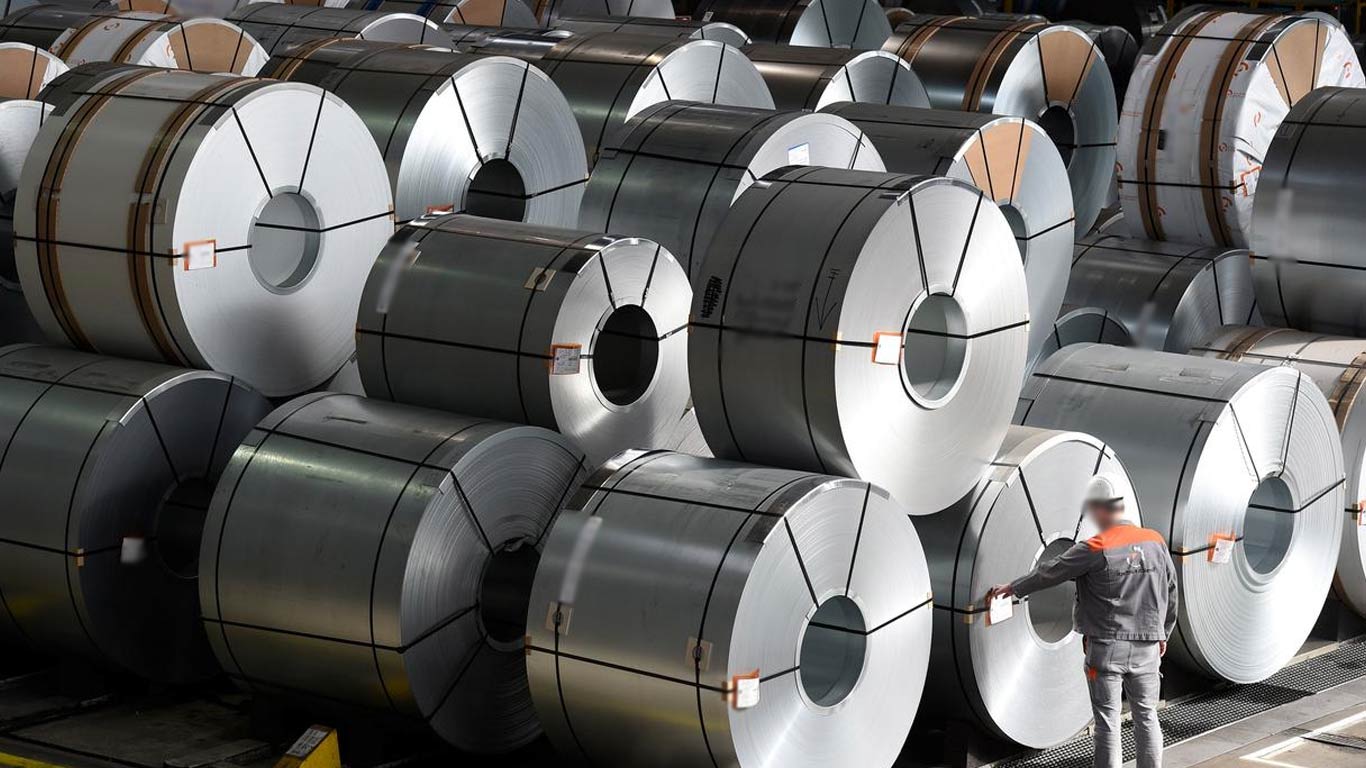Indian Steel Sector Records Robust Growth, May Experience Election-Year Slowdown
Updated: Dec 26, 2023 02:48:33pm

Indian Steel Sector Records Robust Growth, May Experience Election-Year Slowdown
New Delhi, Dec 26 (KNN) The steel demand in India is poised to sustain its growth trajectory in 2024, though industry insiders and experts predict a potential slowdown.
The looming general elections next year are anticipated to impact government spending, potentially affecting the upward trend, Mint reported.
Despite a remarkable 15 per cent year-on-year (y-o-y) consumption growth in the first 10 months, the overall steel industry's surge aligns closely with Gross Domestic Product (GDP) growth, experiencing a 10 per cent increase in FY23 with consumption reaching 120 MT, as reported by Mint.
SteelMint, a market intelligence and price reporting firm, attributes this growth to extensive pre-election year spending on infrastructure and accelerated construction pace ahead of the upcoming general elections.
The FY24 budget reflects a 33 per cent increase in the capital investment outlay for infrastructure, amounting to Rs 10 trillion—nearly three times the 2019-20 outlay.
“India’s emphasis on sustainable solutions is expected to drive increased usage (of stainless steel) across traditional applications, process industries, and the household sector, as well as in emerging strategic sectors such as defence, aerospace, and the green and blue economies," highlighted Abhudhay Jindal, Managing Director of Jindal Stainless Ltd (JSL).
Tata Steel remains optimistic about sustained steel demand growth in the medium term.
Despite potential challenges like a high-interest rate environment, Tata Steel sees continued growth driven by investments in infrastructure, real estate, strong consumer sentiments, and the government's focus on making India a global production hub.
However, some observers foresee a slowdown during Q4 due to the influence of election-related factors on infrastructure and construction spending. Predictions suggest a shift from the current 15 per cent growth to around 10 per cent by the end of FY24.
While top domestic players announce significant investments, the industry faces the threat of India transitioning into a net importer of steel during the current fiscal year.
Imports of 4.3 million tonnes of the alloy surpassed exports of 4 million tonnes between April and November. The industry has engaged with the government on this issue, receiving assurances of action.
Jindal recommends a short-term implementation of import restrictions to maintain a level playing field, especially crucial as a third of the stainless steel industry falls under the Micro, Small, and Medium Enterprise (MSME) category.
“The higher costs of logistics and capital in India have made the Make in India initiative less competitive, although the government’s introduction of a logistics policy is a positive step," added Jindal.
In response to global tariff barriers like anti-dumping duties and countervailing duties on Chinese products, he urges the government to establish similar measures in India.
Tata Steel asserts its resilience as one of the lowest-cost steel producers, stating that cheap imports haven't impacted the company.
However, it emphasises that any predatory pricing will be addressed through government-industry collaboration.
(KNN Bureau)












